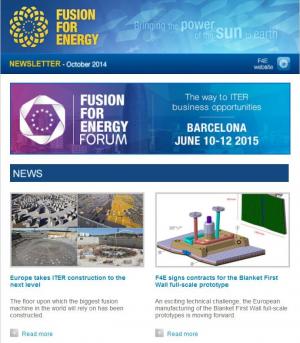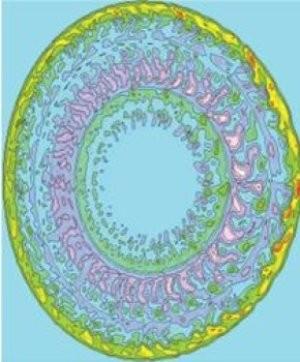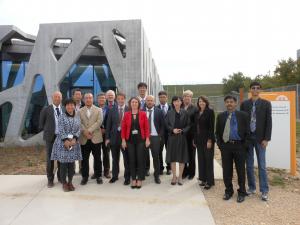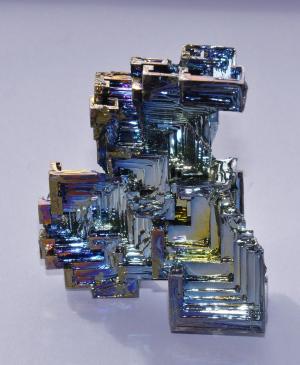What’s New
3 November 2014
ITER news digest for the period of 27 October 2014 to 3 November 2014.

October issue of F4E News

43-minute program on nuclear fusion: BBC Radio 4 "In Our Time"

University of Rome offers Fusion Master's courses

Scientists use plasma shaping to control turbulence in stellarators




